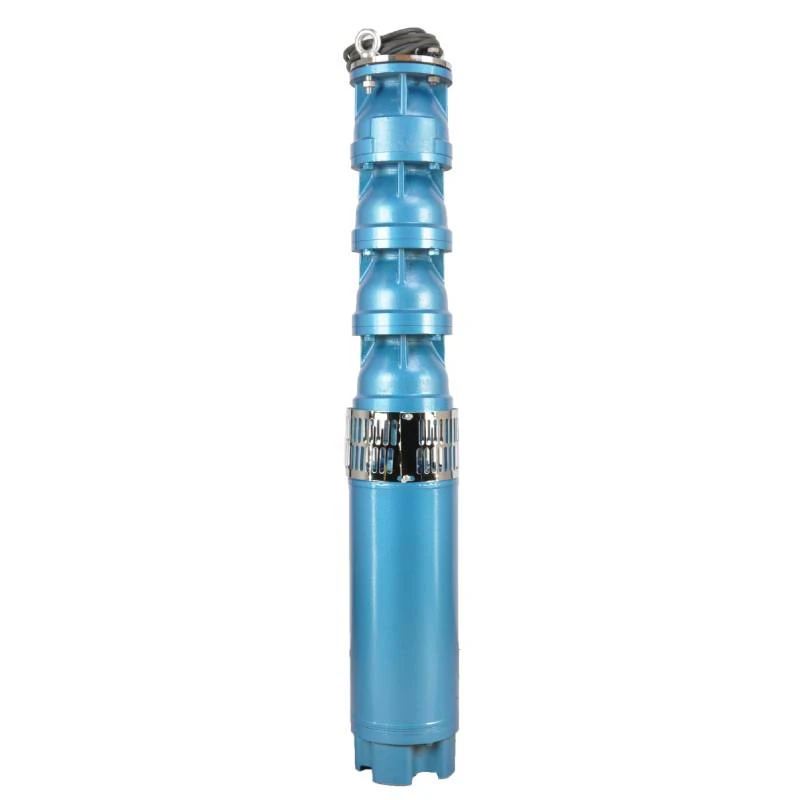Sep . 04, 2024 19:33 Back to list
Deep Well Submersible Pump Prices | Affordable & Reliable Solutions
Understanding Deep Well Submersible Pump Prices
Deep well submersible pumps are essential equipment for various applications, particularly in agricultural, industrial, and municipal water supply systems. They are designed to extract water from deep underground, making them invaluable for locations where surface water is insufficient. However, one of the primary concerns for potential buyers is the price of these pumps. In this article, we will explore the factors that influence deep well submersible pump prices and provide insight into what potential buyers can expect.
Factors Influencing Prices
1. Pump Specifications The specifications of a deep well submersible pump significantly influence its price. Key factors include the pump's capacity (measured in gallons per minute), depth rating (how deep it can operate), and material used in its construction. Pumps that can handle higher capacities or operate at greater depths typically cost more. Similarly, pumps made from durable materials such as stainless steel or those featuring corrosion-resistant properties will generally be on the higher end of the price spectrum.
2. Brand and Quality The brand reputation and quality also play a crucial role in pricing. Established brands known for their reliability and durability may charge a premium for their products. Buyers often prefer these reputable manufacturers, even if it means spending a little more upfront, since they offer warranties and reliable customer service.
deep well submersible pump prices

3. Technological Features Advances in technology can influence the price of deep well submersible pumps. Features such as variable frequency drives (VFDs), advanced control systems, and integrated monitoring sensors can significantly raise the cost. However, these technologies can enhance efficiency and reduce operational costs over time, providing value for money in the long run.
4. Installation and Maintenance Costs Beyond the initial purchase price, buyers must also consider installation and maintenance costs. Deep well submersible pumps require professional installation due to their complexity. The need for skilled labor can add to the upfront costs. Furthermore, some pumps may require more frequent maintenance or specialized parts, which can increase long-term ownership costs.
5. Market Demand and Economic Factors Lastly, market demand and broader economic factors can influence pricing. During periods of high demand, such as drought conditions that lead to increased agricultural needs, prices may rise. Similarly, fluctuations in raw material costs and supply chain disruptions can lead to variations in pump prices.
Conclusion
In conclusion, deep well submersible pump prices can vary significantly based on an array of factors including specifications, brand quality, technological features, installation and maintenance costs, and market conditions. Potential buyers should conduct thorough research to understand these elements and evaluate their specific water needs. While it may be tempting to select the cheapest option available, investing in a high-quality pump that meets your requirements can lead to long-term savings and reliability. Therefore, it is advisable to balance upfront costs with durability and efficiency to ensure that you make the best decision for your water extraction needs.
-
Submersible Water Pump: The Efficient 'Power Pioneer' of the Underwater World
NewsJul.01,2025
-
Submersible Pond Pump: The Hidden Guardian of Water Landscape Ecology
NewsJul.01,2025
-
Stainless Well Pump: A Reliable and Durable Pumping Main Force
NewsJul.01,2025
-
Stainless Steel Submersible Pump: An Efficient and Versatile Tool for Underwater Operations
NewsJul.01,2025
-
Deep Well Submersible Pump: An Efficient 'Sucker' of Groundwater Sources
NewsJul.01,2025
-
Deep Water Well Pump: An Efficient 'Sucker' of Groundwater Sources
NewsJul.01,2025
-
 Submersible Water Pump: The Efficient 'Power Pioneer' of the Underwater WorldIn the field of hydraulic equipment, the Submersible Water Pump has become the core equipment for underwater operations and water resource transportation due to its unique design and excellent performance.Detail
Submersible Water Pump: The Efficient 'Power Pioneer' of the Underwater WorldIn the field of hydraulic equipment, the Submersible Water Pump has become the core equipment for underwater operations and water resource transportation due to its unique design and excellent performance.Detail -
 Submersible Pond Pump: The Hidden Guardian of Water Landscape EcologyIn courtyard landscapes, ecological ponds, and even small-scale water conservancy projects, there is a silent yet indispensable equipment - the Submersible Pond Pump.Detail
Submersible Pond Pump: The Hidden Guardian of Water Landscape EcologyIn courtyard landscapes, ecological ponds, and even small-scale water conservancy projects, there is a silent yet indispensable equipment - the Submersible Pond Pump.Detail -
 Stainless Well Pump: A Reliable and Durable Pumping Main ForceIn the field of water resource transportation, Stainless Well Pump has become the core equipment for various pumping scenarios with its excellent performance and reliable quality.Detail
Stainless Well Pump: A Reliable and Durable Pumping Main ForceIn the field of water resource transportation, Stainless Well Pump has become the core equipment for various pumping scenarios with its excellent performance and reliable quality.Detail
